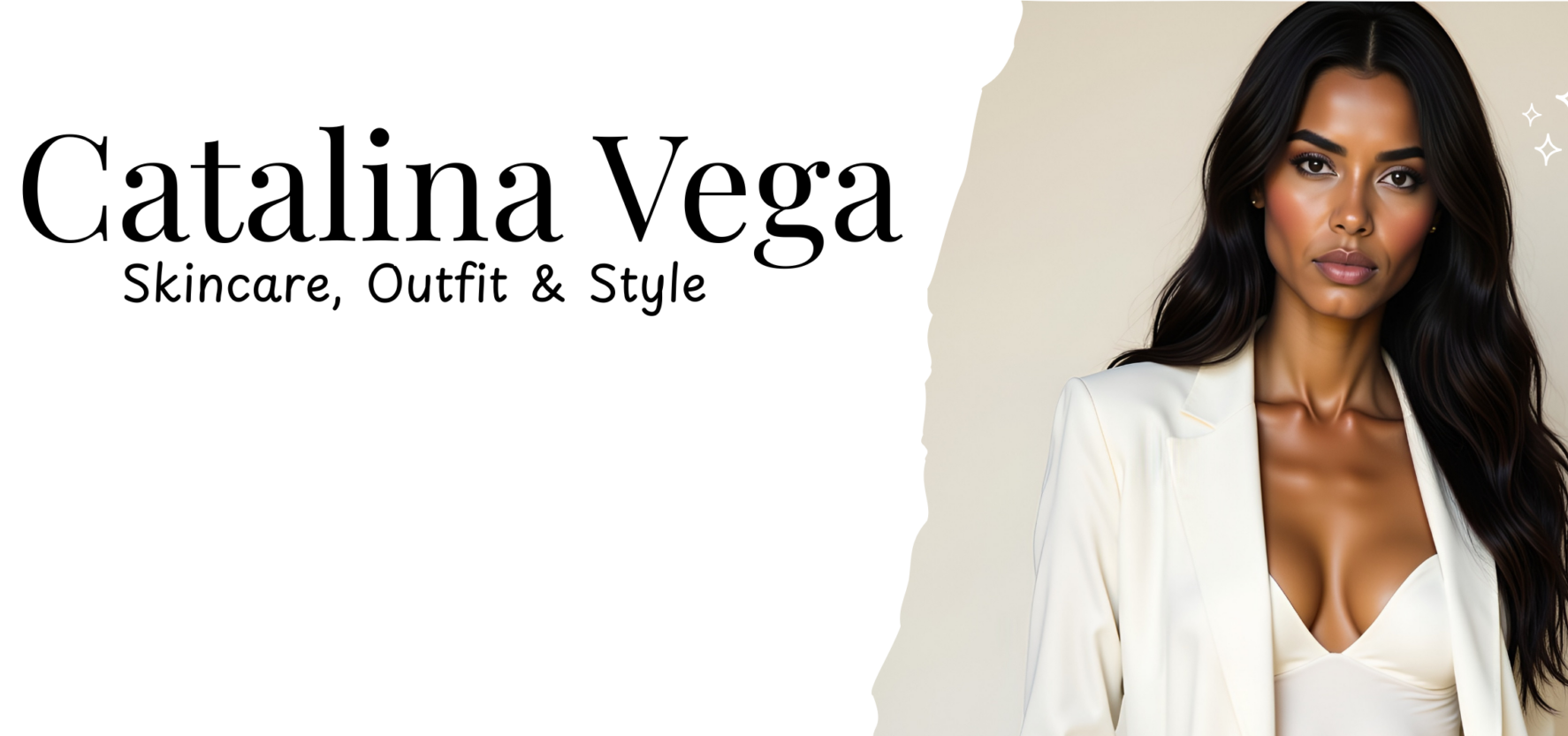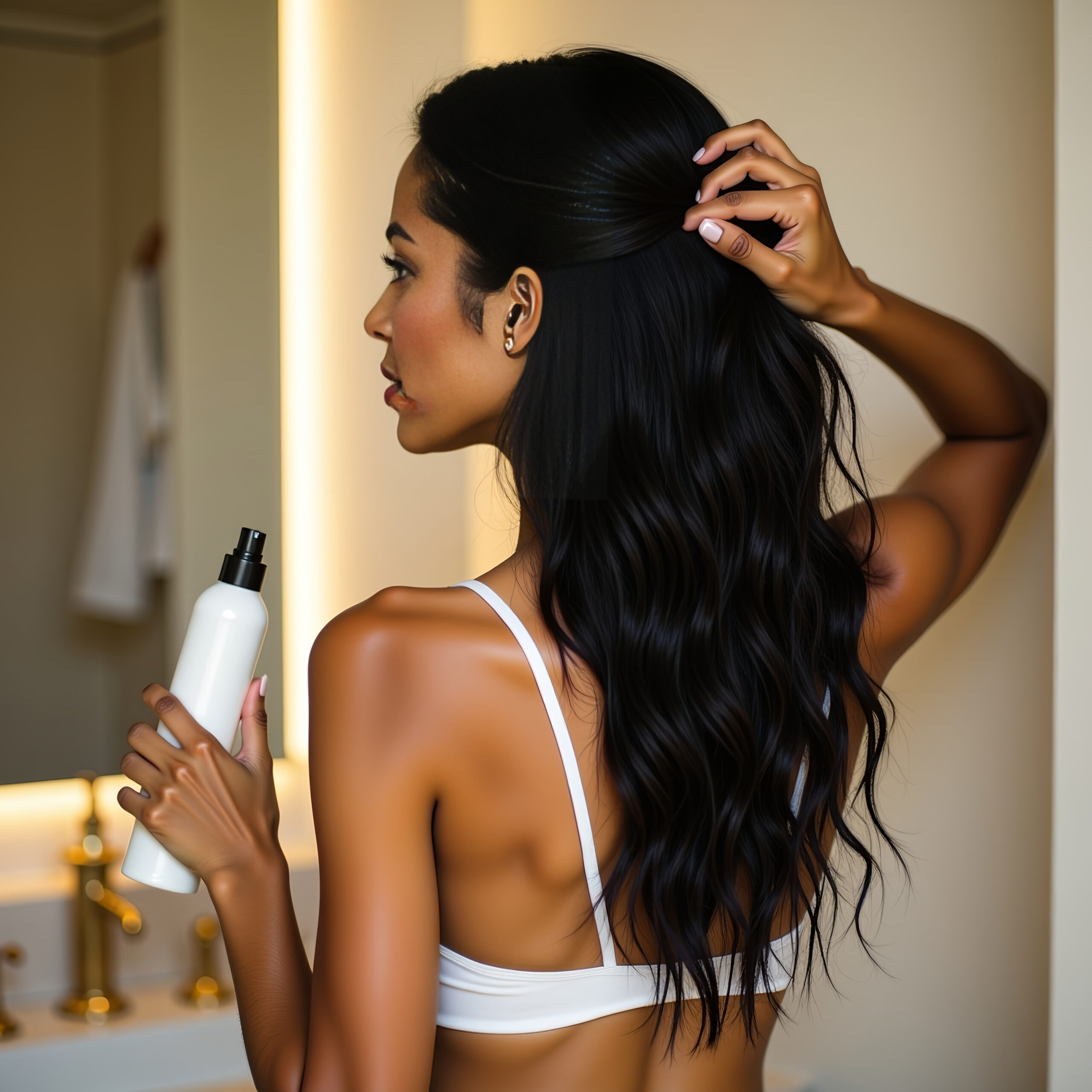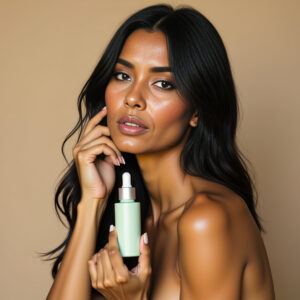Table of Contents
Rice water for hair growth was once very viral on social media, now that Asian beauty dominates, we’re back to their tricks, but does it really work?
For centuries, Asian cultures have turned to a simple yet powerful beauty secret: rice water. This starchy liquid, leftover after soaking or cooking rice, has been a staple in hair care routines, particularly in China and Japan. The Yao women, known for their incredibly long and healthy locks, are often cited as living proof of its effectiveness.
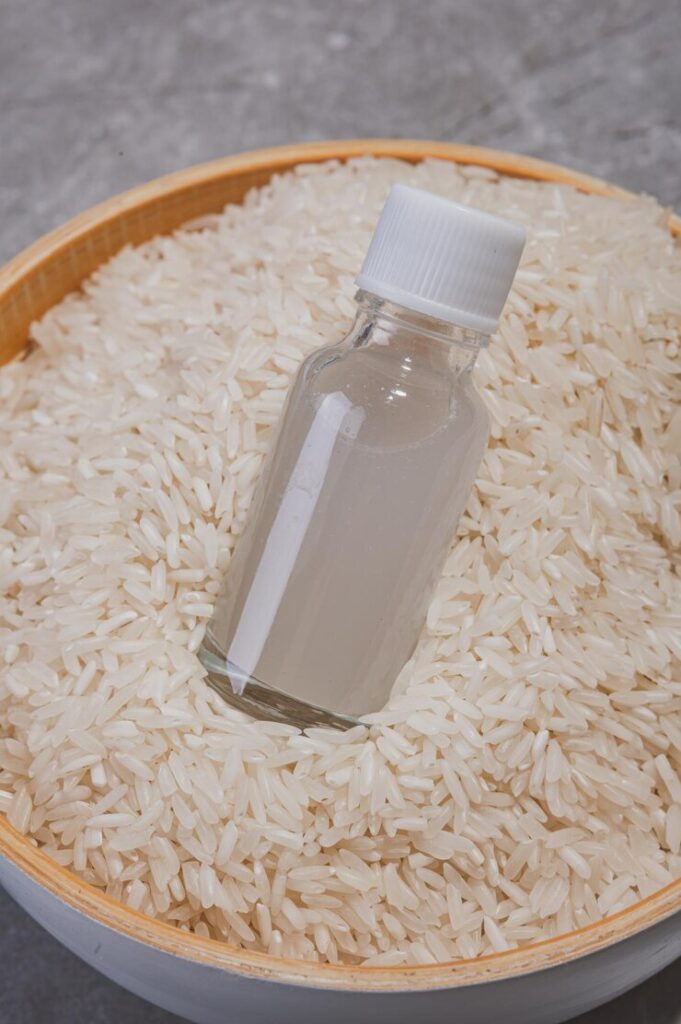
In recent years, this ancient practice has gained modern popularity, thanks to social media. Beauty enthusiasts worldwide are now experimenting with rice water to achieve stronger, shinier strands. But does it truly live up to the hype?
While anecdotal evidence is compelling, scientific research remains limited. In this article, we’ll explore the benefits, potential concerns, and DIY methods to help you decide if this trend is worth trying. Let’s dive into the facts and myths surrounding this age-old remedy.
Key Takeaways
- Rice water has been used for centuries in Asian cultures for hair care.
- It is the starchy liquid left after soaking or cooking rice.
- The Yao women are famous for their long, healthy hair, often attributed to rice water.
- Social media has revived interest in this traditional practice.
- Scientific evidence supporting its benefits is still limited.
- This article will provide a balanced view of its pros and cons.
Understanding Rice Water for Hair Growth
A humble byproduct of cooking has become a cornerstone of beauty practices. This starchy liquid, often overlooked, is packed with nutrients that have been cherished for centuries. But what exactly is it, and how did it become such a revered part of traditional care routines?
What Is Rice Water?
Rice water is the milky liquid left behind after soaking or cooking grains. It’s rich in vitamins, minerals, and amino acids, making it a nourishing treatment for both hair and skin. Historically, it was used to strengthen strands and improve texture, but its benefits go beyond that.
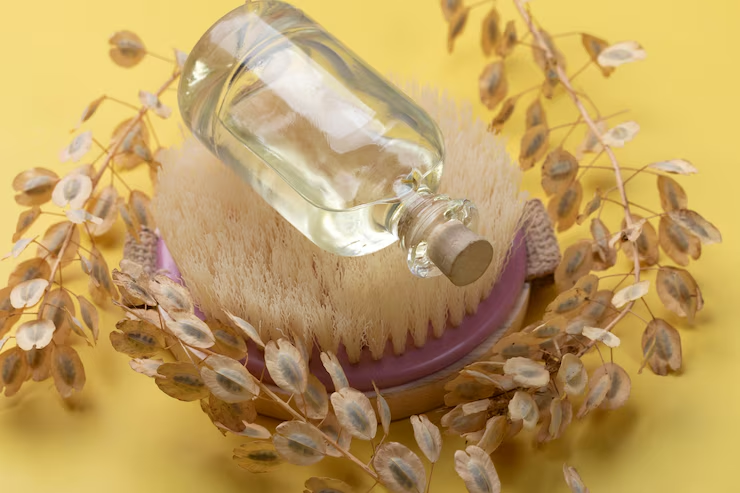
A Glimpse into Its Historical Use
In ancient Japan, during the Heian period, women used this liquid to maintain their long, lustrous locks. Similarly, in China, it was a key part of beauty regimens, often applied to both hair and skin. The Yao women, known for their enviable hair, are often linked to this practice.
Over time, the use of rice water evolved. From traditional kitchens to modern beauty routines, it has become a go-to solution for those seeking natural care methods. Today, it’s celebrated not just for its effectiveness but also for its simplicity and accessibility.
The Science and Anecdotal Evidence
The debate around rice water’s effectiveness has sparked curiosity among beauty enthusiasts and researchers alike. While many people swear by its benefits, scientific evidence remains limited. Let’s explore what studies and experts have to say.
Research Findings and Historical Studies
A 2010 study found that rice water may reduce friction and increase elasticity in hair strands. This suggests it could help prevent breakage and improve overall texture. Another 2022 systematic review highlighted the role of rice bran in promoting healthy hair growth, though more research is needed.
Historically, rice water has been a staple in beauty routines across Asia. Its use dates back centuries, with many cultures praising its nourishing properties. While these traditions are compelling, they don’t always align with modern scientific standards.

Expert Opinions and Social Media Trends
Dermatologists often emphasize the importance of balancing anecdotal claims with scientific evidence. Dr. Jane Smith, a renowned dermatologist, notes, “While rice water shows promise, we need more studies to confirm its benefits.”
Social media has played a significant role in popularizing this trend. Influencers and beauty experts frequently share their experiences, driving more people to try it. Platforms like Instagram and TikTok are filled with testimonials and DIY tutorials, further fueling its popularity.
| Aspect | Scientific Evidence | Anecdotal Claims |
|---|---|---|
| Friction Reduction | Supported by 2010 study | Widely reported by users |
| Elasticity Improvement | Partially supported | Common in testimonials |
| Hair Growth | Limited evidence | Frequently claimed |
While the benefits of rice water are often celebrated, it’s essential to approach this trend with a balanced perspective. Combining research findings with user testimonials can help you make an informed decision.
READ MORE: HAIR BOTOX OR KERATIN TREATMENT
Rice water for hair growth
The beauty world is buzzing about a simple, natural remedy packed with nutrients. This starchy liquid has been praised for its potential to transform strands, but what’s really inside it? Let’s break down its nutrient profile and explore both its benefits and limitations.
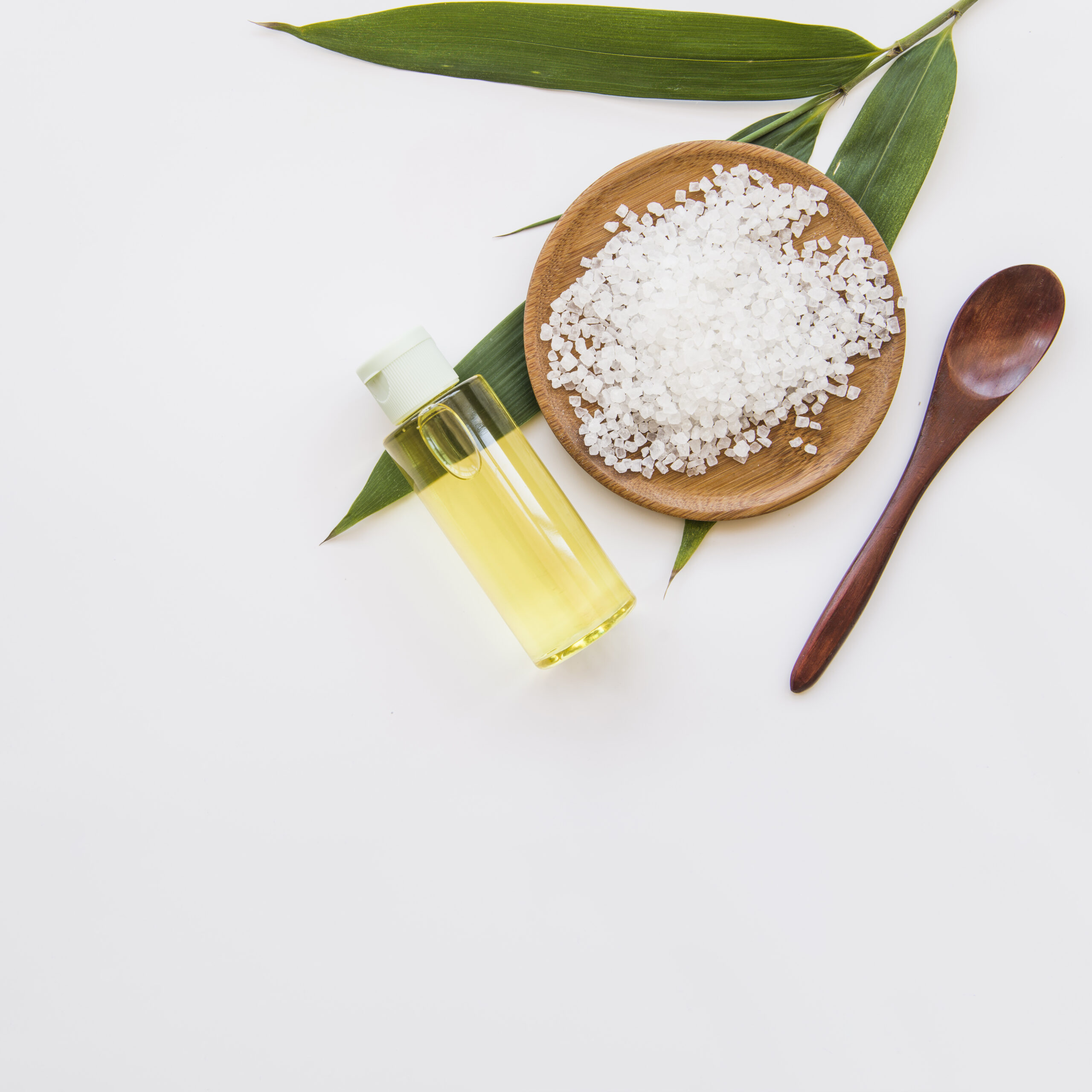
Beauty Benefits and Nutrient Content
This liquid is rich in vitamins like B and E, which are known to nourish and protect strands. It also contains minerals such as magnesium and zinc, which can help strengthen and repair. The starch in it acts as a natural conditioner, leaving strands smoother and shinier.
Many users report improved texture and reduced frizz after regular use. Some even claim it helps with breakage, making it a popular choice for those seeking natural treatments. However, results can vary depending on type and condition.
Limitations and Gaps in Scientific Evidence
While the benefits sound promising, scientific studies remain limited. Some research suggests that the starch can coat strands, improving smoothness but potentially causing dryness over time. Other studies highlight that not all types may respond equally to this treatment.
Experts emphasize the need for more comprehensive studies to confirm its effectiveness. As Dr. Jane Smith notes, “While it shows potential, we need more data to fully understand its impact.” This balanced view helps users make informed decisions.
Ultimately, this natural remedy offers a mix of promise and skepticism. By understanding its nutrient content and limitations, you can decide if it’s the right choice for your routine.
How to Make Rice Water: A DIY Guide
DIY hair care solutions are gaining traction, and this one is simple yet effective. Whether you’re looking to strengthen your strands or improve texture, making your own treatment at home is easier than you think. Let’s dive into the step-by-step process and explore the best methods for preparation.
The Soaking Method Explained
This is one of the simplest ways to prepare this nourishing liquid. Here’s how to do it:
- Rinse ½ cup of grains thoroughly to remove any impurities.
- Soak the grains in 2 cups of clean water for 30 minutes.
- Strain the liquid into a clean container, discarding the grains.
This method is quick and retains most of the nutrients that can help hair feel smoother and stronger. It’s perfect for those new to DIY hair care routines.
Boiling vs. Fermenting: Pros and Cons
Boiling and fermenting are two popular alternatives to soaking. Each has its own benefits and drawbacks:
- Boiling: Boil ½ cup of grains in 2 cups of water for 20 minutes. Strain and let it cool. This method extracts more starch, which can coat the scalp and strands, but it may feel heavier on some hair types.
- Fermenting: After soaking, let the liquid sit at room temperature for 24-48 hours. Fermentation boosts its nutrient content, but it has a stronger odor and may irritate sensitive scalps.
Choose the method that best suits your needs and preferences.
Tips for Safe Preparation at Home
While making this treatment is straightforward, safety is key. Here are some tips to avoid potential side effects:
- Always use clean containers to prevent bacterial growth.
- Store the liquid in the refrigerator if not used immediately.
- Test a small amount on your scalp before full application to check for irritation.
These precautions ensure your DIY hair care routine is both effective and safe. With the rise of social media, more people are sharing their experiences, making it easier to learn and experiment with this trend.
How to Use Rice Water for Hair: Application Techniques
Discovering the right application method can make all the difference in your hair care routine. Whether you’re new to this trend or looking to refine your process, we’ve got you covered. Let’s explore the step-by-step techniques and best practices for different hair types.
Step-by-Step Application Process
To get the most out of this nutrient-rich liquid, follow these simple steps:
- Start with clean, shampooed strands to ensure better absorption.
- Pour the prepared liquid over your scalp and strands, gently massaging it in.
- Leave it on for about 20 minutes to allow the nutrients to penetrate.
- Rinse thoroughly with cool water to remove any residue.
Experts suggest using this treatment once or twice a week for optimal results. Dr. Jane Smith, a renowned dermatologist, notes, “Proper rinsing is crucial to avoid buildup, which can lead to dryness.”
Best Practices for Different Hair Types
Not all hair types respond the same way, so customization is key. Here’s how to tailor the process:
- Straight Hair: Apply evenly from roots to ends. The liquid may help enhance shine and smoothness.
- Curly or Coiled Hair: Focus on the mid-lengths and ends to prevent dryness. A leave-in conditioner can be added for extra moisture.
- Fine Hair: Use a diluted solution to avoid weighing down your strands.
While anecdotal evidence supports these methods, scientific studies are still catching up. Combining expert advice with user experiences can help you find what works best for your unique needs.
With careful application, this natural remedy can be a valuable addition to your routine. Experiment, observe, and enjoy the journey to healthier, more vibrant strands!
Benefits and Risks: What You Should Know
Exploring the balance between benefits and risks is essential when trying any new beauty treatment. This natural remedy has been praised for its ability to enhance shine and strengthen strands, but it’s important to understand both its potential and limitations. Let’s dive into what makes it so popular and what you should watch out for.
Hair Growth Benefits and Conditioning Effects
One of the most celebrated benefits is its ability to improve texture and shine. Many women report smoother, tangle-free strands after regular use. The Yao women, known for their long, healthy locks, have long attributed their success to this treatment.
It’s also believed to strengthen strands over time, reducing breakage and promoting healthier growth. The natural starch in it acts as a conditioner, adding moisture and leaving strands feeling softer. However, results can vary depending on individual hair types.
Potential Risks and How to Mitigate Them
While the benefits are appealing, there are some risks to consider. Overuse can lead to dryness, as the starch may build up on strands. Some women also report scalp irritation if the treatment isn’t rinsed thoroughly.
To avoid these issues, experts recommend using it in moderation—once or twice a week is usually enough. Always rinse thoroughly to remove any residue. For those with sensitive scalps, a patch test is a good idea before full application.
| Aspect | Benefits | Risks |
|---|---|---|
| Shine | Enhanced gloss and smoothness | Potential buildup if not rinsed properly |
| Strength | Reduced breakage over time | Dryness from excess starch |
| Scalp Health | Nourishment for some women | Irritation for sensitive scalps |
As with any beauty treatment, individual differences play a role. What works for some women might not for others. Balancing enthusiasm with caution is key to achieving the best results for your unique needs.
Conclusion
Exploring the potential of natural remedies can be both exciting and enlightening. Throughout this article, we’ve delved into the historical roots, scientific evidence, and DIY methods surrounding this age-old practice. While many swear by its benefits, it’s essential to approach it with a balanced perspective.
Scientific studies remain limited, but anecdotal experiences highlight its potential as a natural conditioner. Experts suggest that its nutrients can improve texture and shine, though results may vary. Social media has played a significant role in popularizing this trend, making it a part of modern beauty routines.
If you’re curious to try it, start by learning how to make rice water at home. Experiment safely, keeping in mind proper conditioning techniques. Tailor your approach to suit your unique needs, and always consult a dermatologist if you have concerns.
Ultimately, informed choices lead to healthier strands over time. Whether you embrace this natural remedy or explore other options, the key is to find what works best for you. Here’s to discovering beauty solutions that empower and inspire!
